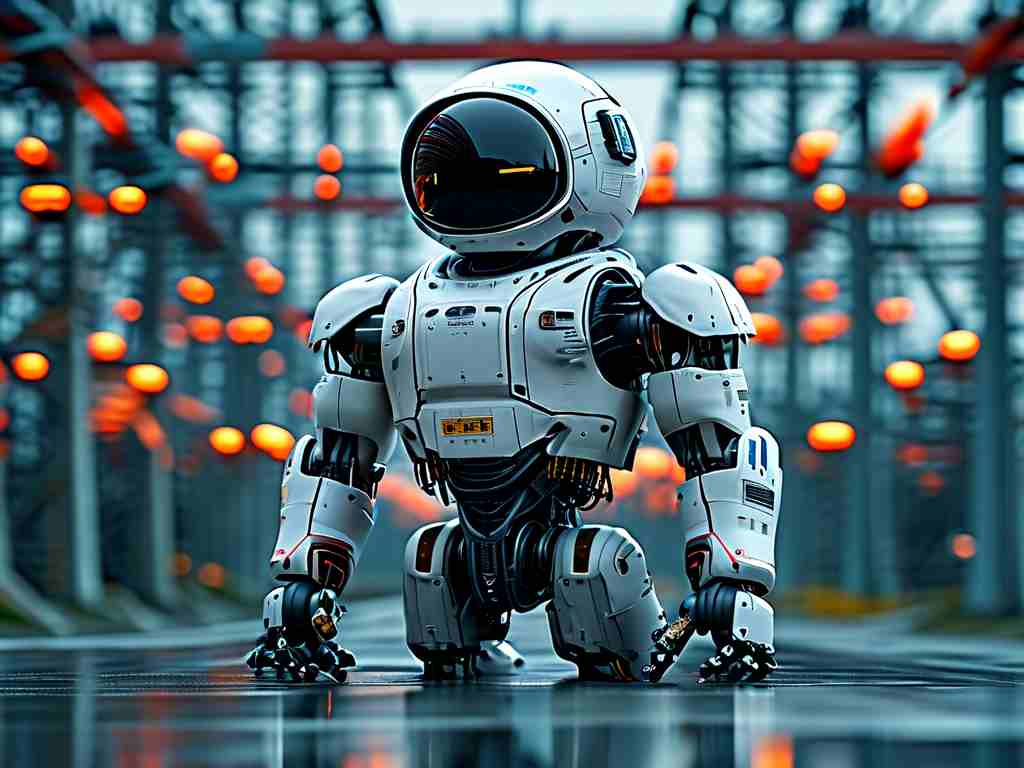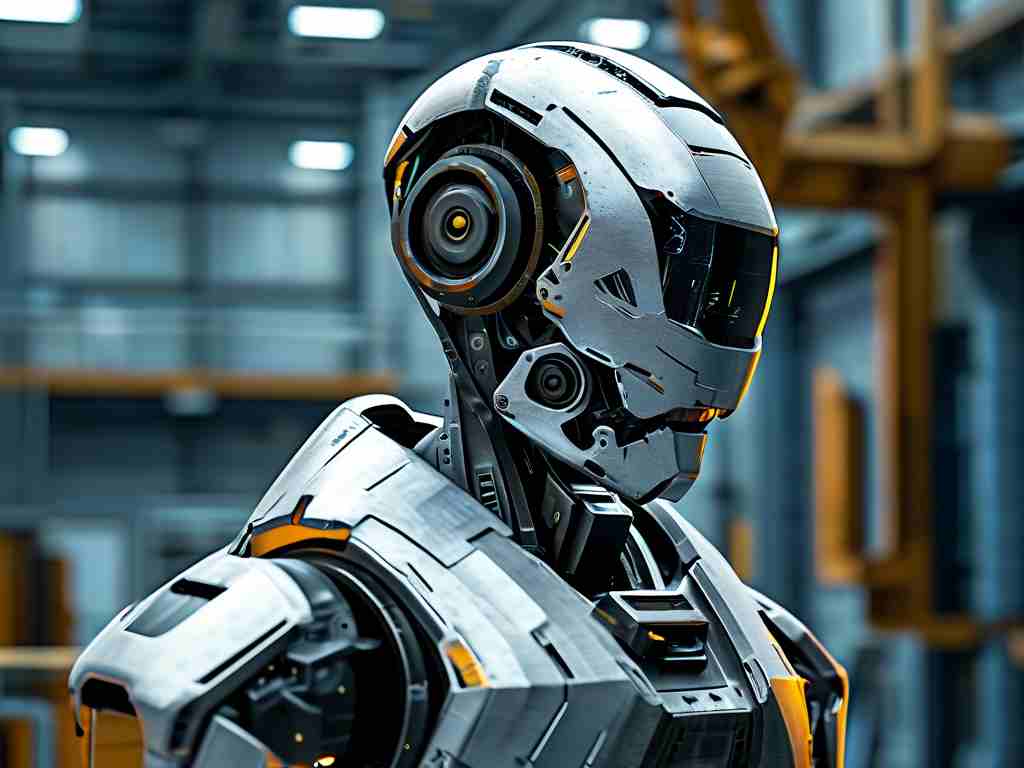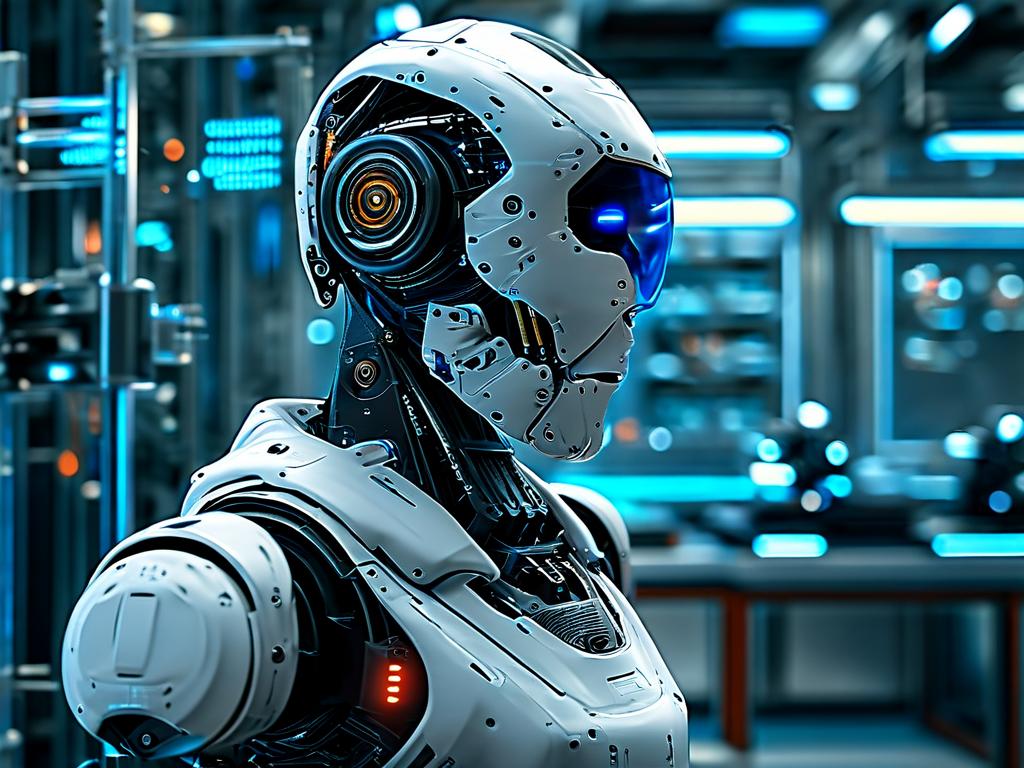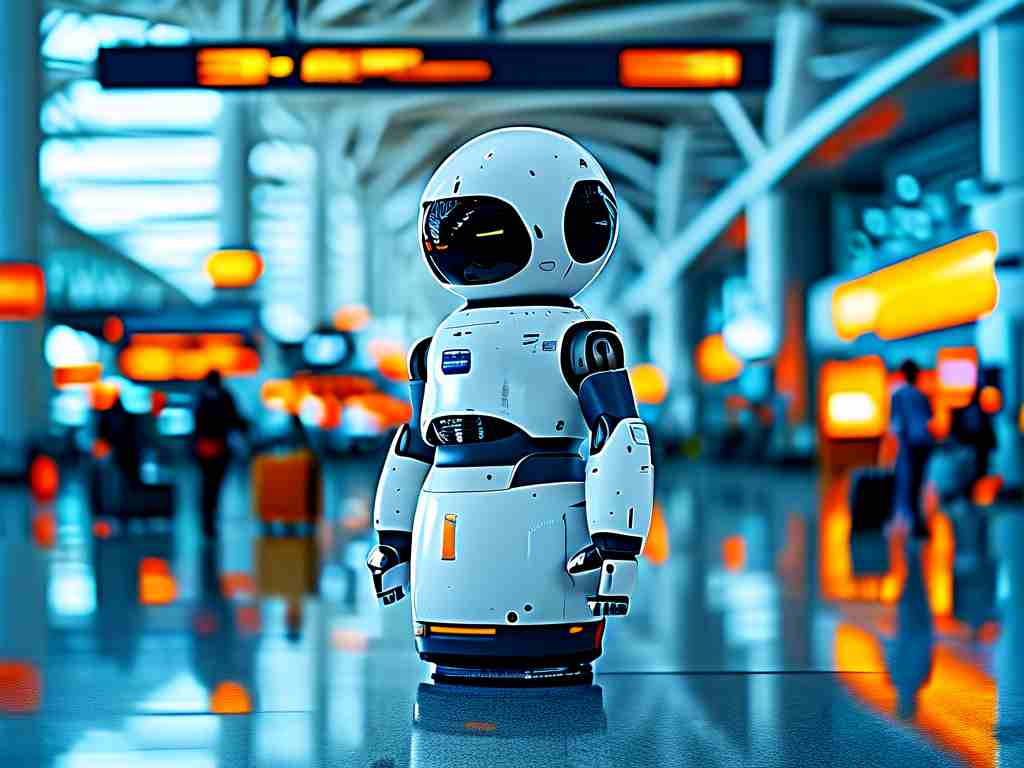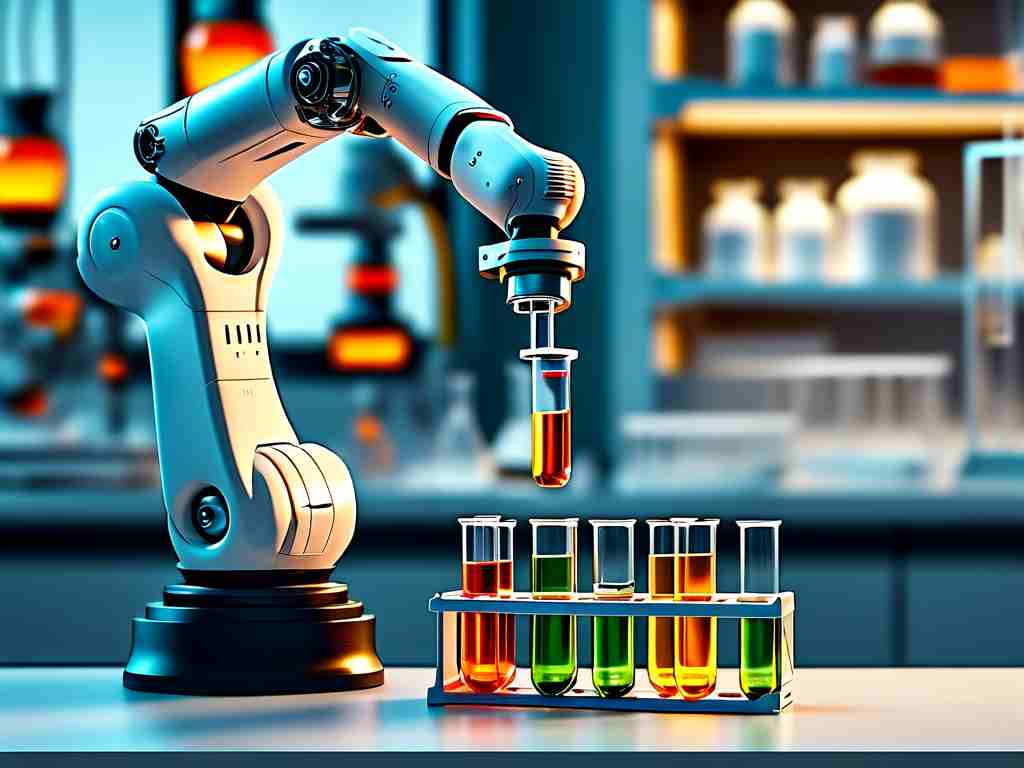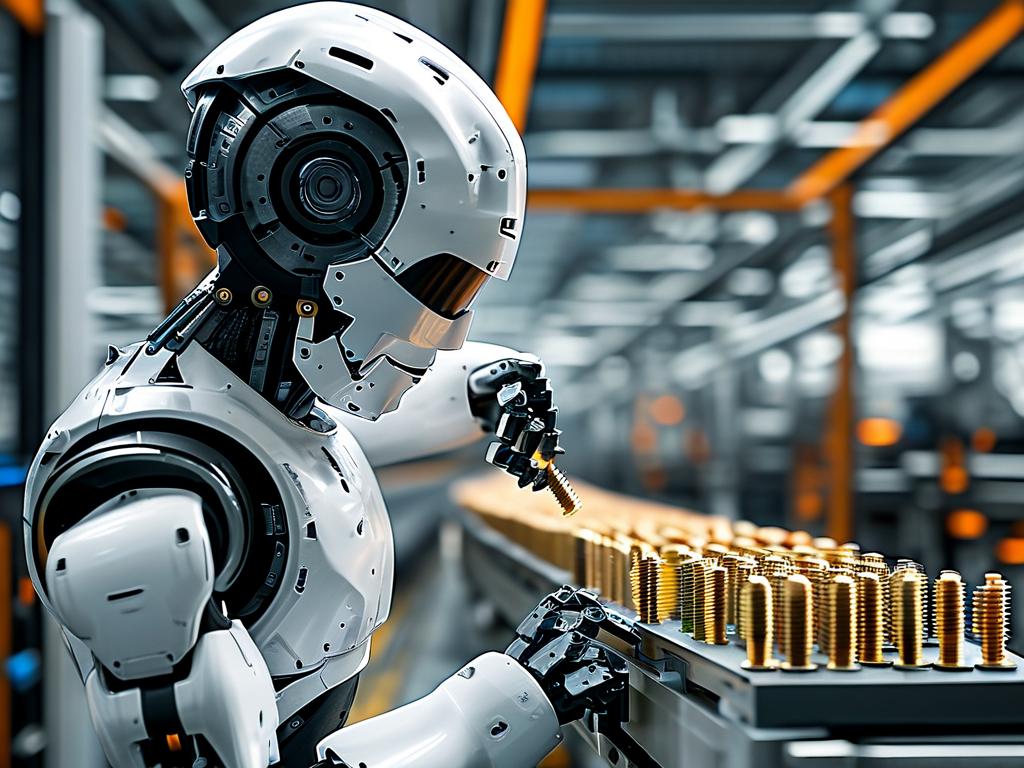The beauty industry is witnessing a paradigm shift with the emergence of robotic haircutting systems. These advanced machines combine precision engineering, artificial intelligence, and adaptive learning algorithms to redefine personal grooming. While still in its nascent stage, this technology promises to transform salons, barbershops, and even home haircare routines through its unique blend of technical sophistication and practical application.

Core Mechanisms Behind Automated Styling
Modern robotic haircut systems rely on three primary components: 3D imaging arrays, adaptive motion controllers, and multi-axis cutting tools. High-resolution cameras first scan the client's head geometry, creating a digital twin that accounts for scalp curvature, hair density, and growth patterns. This spatial mapping process, which takes under 12 seconds in latest models, enables millimeter-level accuracy – a crucial feature when working around sensitive areas like ears and hairlines.
The cutting phase employs servo-controlled clippers and rotary blades that adjust cutting angles in real time. Unlike static human hands, these robotic arms maintain consistent pressure and orientation through gyroscopic stabilizers. Tokyo-based developer TrimBotix recently demonstrated a prototype capable of executing 14 distinct haircut patterns while compensating for subtle head movements during the process.
AI-Driven Personalization
Machine learning algorithms form the brain of these systems, processing data from thousands of successful haircuts to refine their techniques. Cloud-connected units can access global styling trends, adapting popular cuts like fades or layers to individual facial structures. A notable example is CutsBot Pro, which offers 3D previews of potential styles using augmented reality overlays before committing to physical cutting.
Safety protocols remain paramount. Force-sensitive actuators automatically retract blades upon detecting unexpected resistance, while thermal sensors prevent motor overheating. During field tests in Seoul salons, these safeguards demonstrated 99.8% effectiveness in preventing nicks or burns according to 2023 reports from the International Robotics Safety Consortium.
Practical Implementation Challenges
Despite technological advancements, adoption barriers persist. Current systems struggle with extremely curly or textured hair types due to variable spring-back coefficients, though researchers at MIT's BeautyTech Lab are developing predictive modeling to address this limitation. Another hurdle involves client psychology – a recent survey by FutureTech Insights revealed 62% of respondents still prefer human stylists for "emotional reassurance" during major style changes.
Salon integration requires specialized infrastructure. Robotic stations demand dedicated power circuits, sterilization chambers, and regular calibration. Maintenance costs average $1,200 monthly for commercial units, though manufacturers argue this offsets long-term labor expenses. Early adopters like Dubai's ChromeDome Salon report 40% faster service times but note increased technical staffing needs.
Emerging Applications Beyond Salons
Medical adaptations are expanding the technology's reach. Burn treatment centers in Zurich now use modified robotic groomers for delicate scalp work on patients with sensitive skin grafts. The automotive sector has shown interest in precision fur trimming for luxury car interiors, while pet care startups are experimenting with animal-friendly versions for veterinary clinics.
Home models present unique engineering challenges due to space constraints and safety requirements. The upcoming Hairio Home unit tackles this with foldable arms and AI-assisted mirror guidance, allowing users to self-style while maintaining professional-grade results. Early beta testers achieved salon-comparable fades within three attempts, according to company whitepapers.
Ethical and Regulatory Considerations
As with any disruptive technology, workforce impact remains contentious. The Global Stylists Union estimates 18% job displacement risk by 2030 but emphasizes emerging roles in robotic maintenance and digital style curation. Regulatory bodies are establishing certification programs for "hybrid technicians" skilled in both traditional barbering and machine operation.
Data privacy concerns also surface regarding client biometric scans. European models now incorporate localized processing that deletes facial mapping data immediately post-cut, aligning with GDPR standards. In contrast, some Asian systems retain style preferences for personalized loyalty programs, raising debates about consumer data rights.
Future Trajectory
Next-generation prototypes hint at groundbreaking developments. Researchers at Stanford's HCI Lab are testing non-contact laser cutting systems that vaporize hair at precise lengths, potentially eliminating physical blade contact. Augmented reality integration may soon allow clients to "test" haircuts through photorealistic simulations before automated execution.
Industry analysts project the robotic grooming market to reach $4.7 billion by 2028, driven by advancing AI capabilities and shifting consumer attitudes. As the technology matures, its true impact may lie not in replacing human stylists, but in creating new possibilities for personalized, accessible, and consistently perfect haircuts across global populations.


